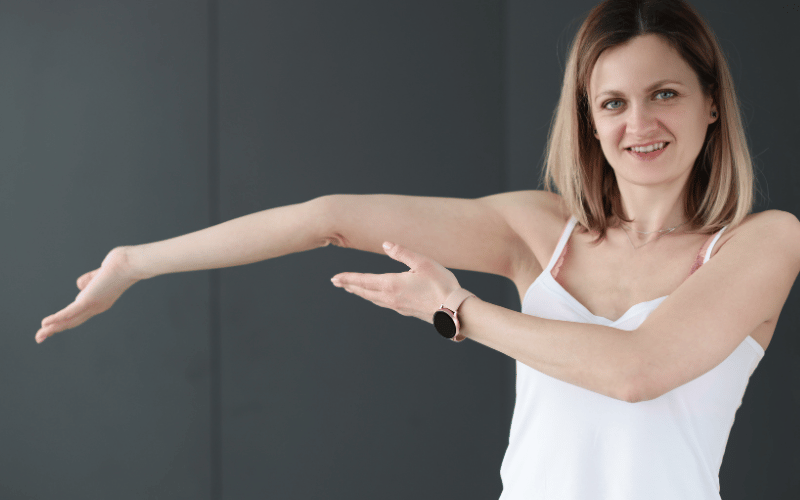Introduction: Spotlight on Hypermobile EDS
Hypermobile Ehlers-Danlos Syndrome, popularly known as Hypermobile EDS or hEDS, is a condition that affects many, yet remains enigmatic to the general populace. This genetic disorder, primarily affecting connective tissues, has a range of symptoms that can make it challenging to diagnose. But why is it so crucial to understand these symptoms? Early diagnosis and prompt management can significantly improve the quality of life of those affected.

Each symptom, be it joint hypermobility, chronic pain, or gastrointestinal issues, tells a unique story about the impact of hEDS on the human body. It’s more than just flexible joints or easy bruising; it’s about how these symptoms interact, interconnect, and influence an individual’s daily life. To understand hEDS better, it’s essential to delve deeper into each of its primary symptoms.
Armed with this knowledge, one is better prepared to navigate the challenges posed by the condition. It’s not just about spotting symptoms early on but also understanding the broader picture, including the underlying causes and potential management strategies. As we traverse through this article, we’ll embark on a journey to demystify the top 10 symptoms associated with Hypermobile EDS. It’s time to enlighten ourselves and take proactive steps towards better health and wellbeing.
1. Pervasive Joint Hypermobility: The Signature of Hypermobile EDS

Joint hypermobility, often coined as being “double-jointed,” is a hallmark sign of hEDS. Most individuals with this condition can easily extend their joints beyond the typical range. For instance, they might be able to bend their thumb backward to touch their forearm.
While many consider it a mere party trick, the reality is far more complex. For those with hEDS, this flexibility can come at a cost. The ligaments that are meant to stabilize the joints are overly stretchy, leading to a lack of proper support. This might result in frequent sprains or strains, even with minimal trauma.
The effects aren’t just physical. Imagine planning your day, wondering if your knee might give out while climbing stairs or if your wrist might strain while typing. The unpredictability can be mentally exhausting. But it’s essential to remember that while joint hypermobility is a primary symptom, it’s just one facet of this multifaceted condition.
Regular physiotherapy exercises can be beneficial, focusing on strengthening the muscles around the joint to provide additional support. It’s not about reducing flexibility but fostering stability. (1)